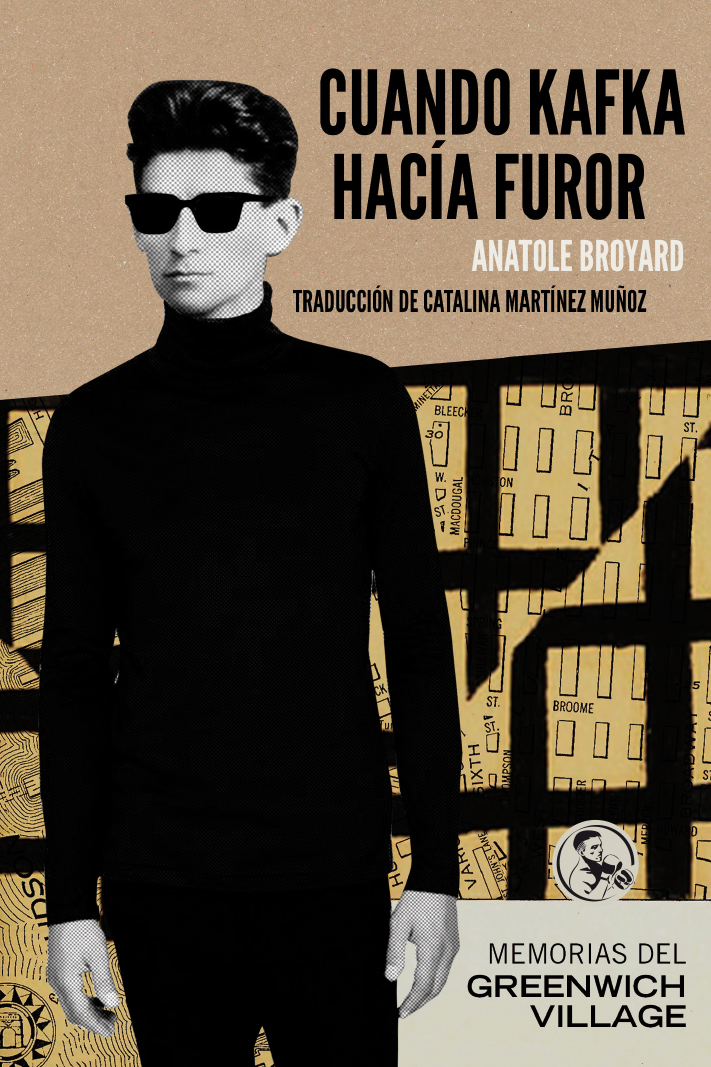What do you think?
Rate this book


216 pages, Paperback
First published January 1, 1993
The Village was as close in 1946 as it would ever come to Paris in the twenties...I realize that people still read books now [1980s] and some people actually love them, but in 1946 in the Village our feelings about books—I’m talking about my friends and myself—went beyond love. It was as if we didn’t know where we ended and books began. Books were our weather, our environment, our clothing. We didn’t simply read books; we became them. We took them into ourselves and made them into our histories. While it would be easy to say that we escaped into books, it might be truer to say that books escaped into us. Books were to us what drugs were to young men in the sixties.
I remember Schapiro telling us that before Cézanne, there had always been a place in landscape painting where the viewer could walk into the picture. There was an entrance; you could go there, like walking into a park. But this was not true of Cézanne’s landscapes, which were cut off absolutely, abstracted from their context. You could not walk into them—you could enter them only through art, by leaping.Broyard quotes a critic of the time who claimed Schapiro only 'valued a painting in proportion to the ingenuity you needed to appreciate it', the 'leap', in other words.
Modern painting was one more exclusion, one more mystery from which I was shut out. I used to feel this way when people talked about politics, but I didn’t mind so much because I wasn’t interested in politics. And besides, I secretly thought I was right. I thought that being a Communist was a penalty you had to pay for being interested in politics. It was the adolescence of politics, an awkward stage you had to pass through. But when it came to modern art, I was afraid that maybe the others were right, that I would never be hip or sophisticated, would never belong. I’d never know that smug sense of being of my time, being contemporary. Perhaps this sounds like a fuss over nothing, but when you’re young, everything matters, everything is serious. And besides, I was living with a modern painter, I slept with modern painting. The life we led depended on modern art. Without that, all we had was a dirty apartment.I walked down Jones Street, which was very near where I was staying, and found number 23 where Boyard had lived with Sheri. I looked up at the windows on the fourth floor—whoever lives there today keeps them quite clean. I also walked the length of nearby Cornelia Street but didn't find any trace that there had ever been a bookshop there.